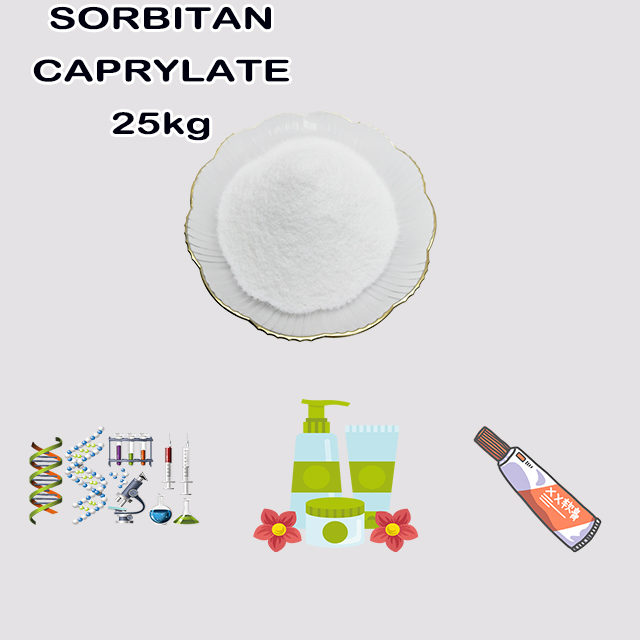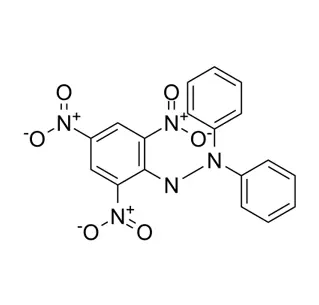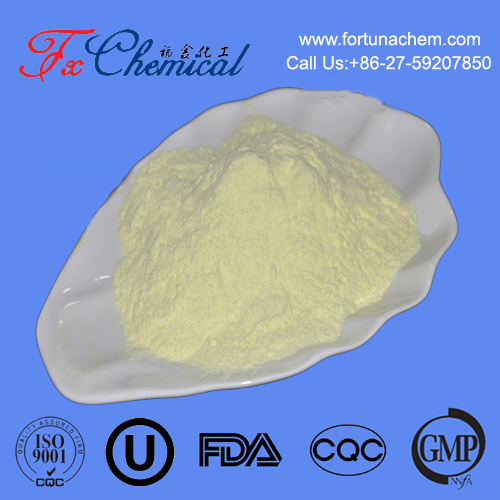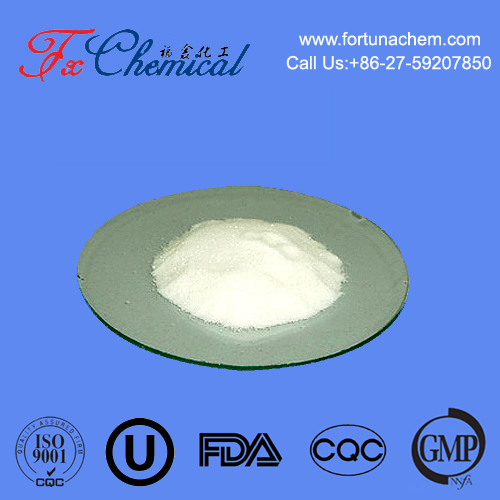
Search

Search

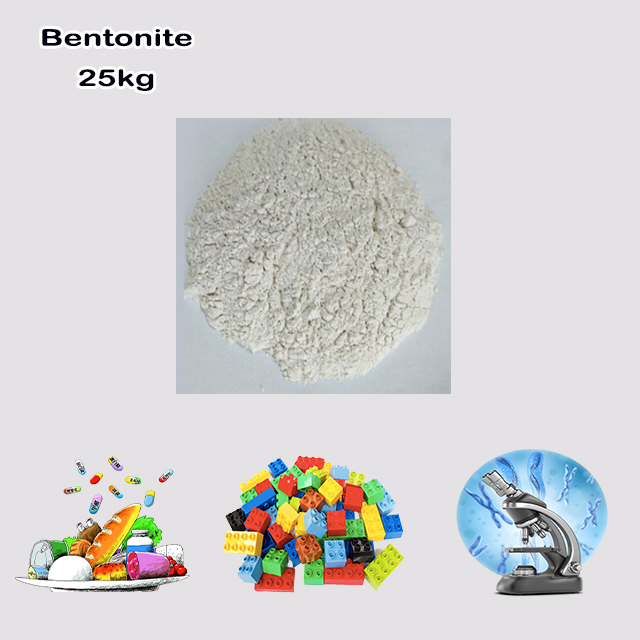
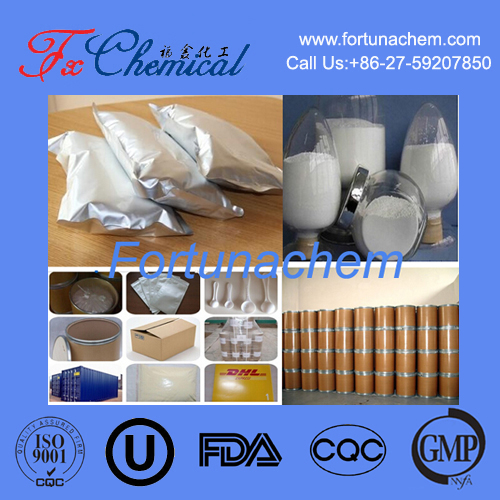
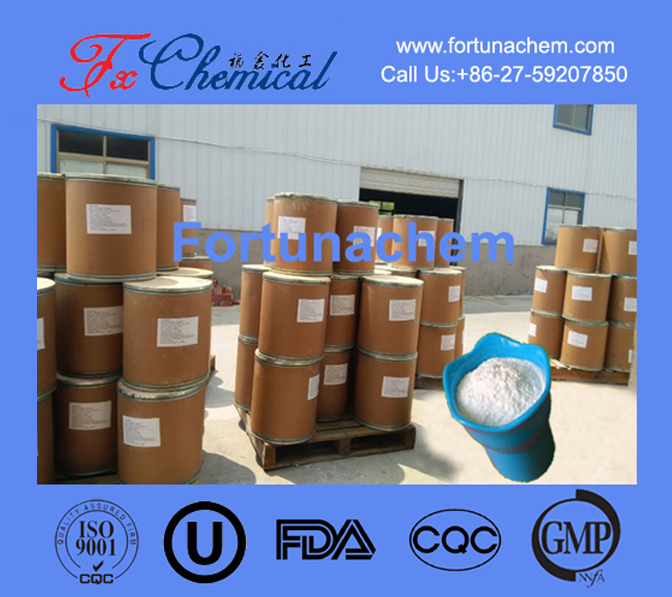
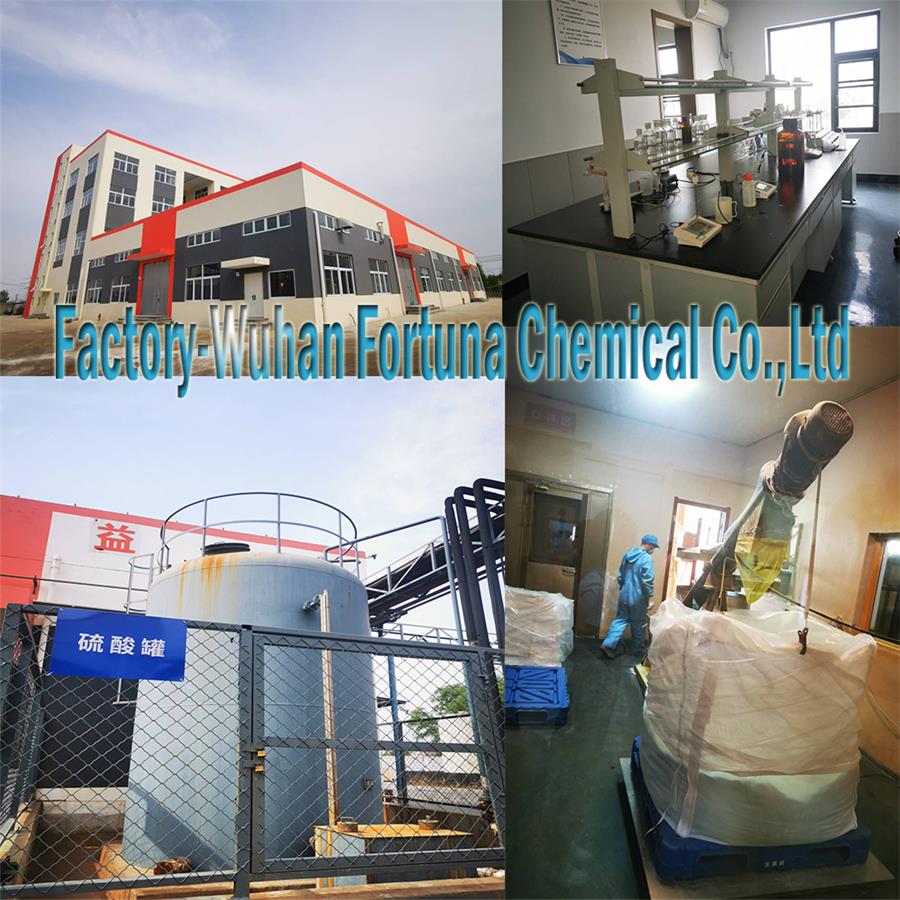
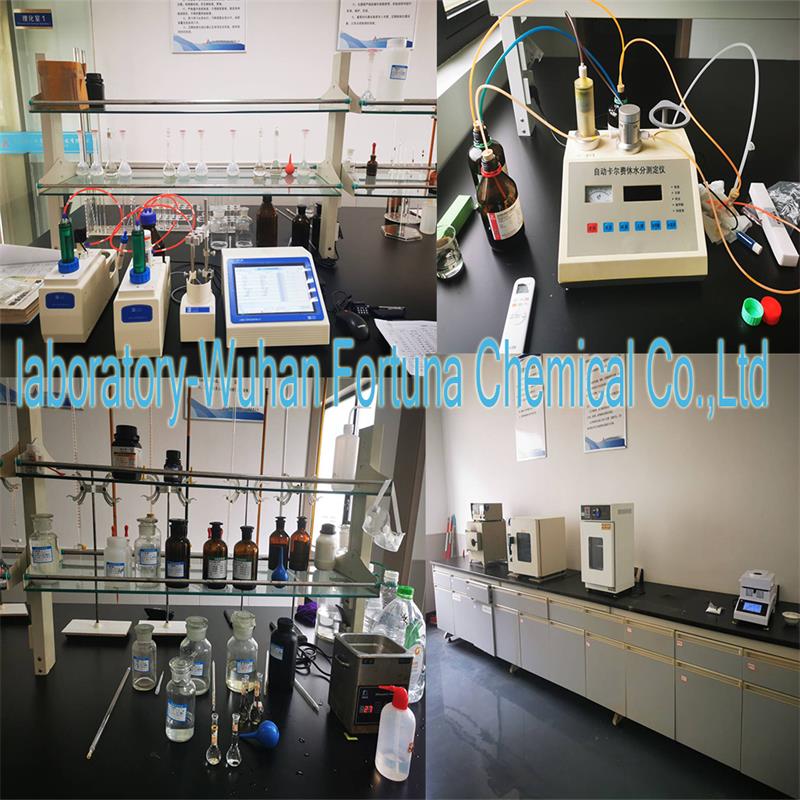





Bentonite is a natural clay primarily composed of montmorillonite, a hydrous aluminum silicate mineral. Its key feature is its ability to absorb water and swell significantly, forming a gel. This property, along with its high cation exchange capacity, makes it versatile. It is widely used as a drilling mud lubricant in oil wells, a binder in foundry sands for metal casting, a sealing agent in ponds and landfills, and a clarifying agent in wine and juice production due to its ability to absorb impurities.
Bentonite is a naturally occurring, absorbent aluminum phyllosilicate clay, composed predominantly of montmorillonite, a mineral belonging to the smectite group. Its name derives from the Fort Benton shale in Wyoming, USA, where it was first identified. Its unique and highly valuable properties are a direct result of its intricate chemical composition and layered crystalline structure.
Primary Mineral: The principal component is montmorillonite, which has a complex theoretical formula of (Na,Ca)₀.₃(Al,Mg)₂Si₄O₁₀(OH)₂·nH₂O. This formula highlights two key features:
Tetrahedral-Octahedral-Tetrahedral (T-O-T) Sheets: The basic structural unit is a 2:1 layer, consisting of an octahedral alumina sheet sandwiched between two tetrahedral silica sheets.
Isomorphic Substitution: During formation, atoms in the crystal lattice can be replaced by others of similar size but different charge (e.g., Al³⁺ replaces Si⁴⁺ in the tetrahedral layer, or Mg²⁺ replaces Al³⁺ in the octahedral layer). This creates a permanent negative charge on the surface of the clay platelets.
Exchangeable Cations: To balance this inherent negative charge, positively charged ions (cations) such as sodium (Na⁺), calcium (Ca²⁺), potassium (K⁺), and magnesium (Mg²⁺) are adsorbed in the interlayer spaces and on the particle surfaces. The type of dominant cation determines the key behavior and classification of the bentonite.
Swelling (Hydration and Expansion): This is bentonite's most defining characteristic. When exposed to water, the cations in the interlayer space hydrate, pulling water molecules into the structure. This forces the clay layers apart, a phenomenon known as interlayer swelling or crystalline swelling.
Sodium Bentonite: Exhibits massive swelling (up to 15 times its original volume) because the monovalent Na⁺ ions hydrate easily and do not strongly bridge adjacent layers, allowing for extensive water penetration.
Calcium Bentonite: Exhibits limited swelling because the divalent Ca²⁺ ions form stronger electrostatic bridges between the layers, restricting water entry.
Cation Exchange Capacity (CEC): Bentonite has a very high CEC (80-150 meq/100g), meaning it can readily swap the cations on its surface with others in the surrounding solution. This property is crucial for its use in environmental remediation, agriculture (as a slow-release fertilizer carrier), and various industrial processes.
Thixotropy: Bentonite suspensions form a viscous, gel-like structure at rest but become fluid when agitated or stressed. This reversible gel-sol-gel transformation is due to the formation and breakdown of a weak network of interacting clay platelets. This is essential for its role in drilling muds, where it suspends rock cuttings when drilling stops but allows for pumping when circulation resumes.
Sodium Bentonite (Swelling Type): High swelling capacity and viscosity. Primary uses include drilling mud, waterproofing seals, and cat litter.
Calcium Bentonite (Non-Swelling Type): Lower swelling capacity but often has higher adsorption properties. It is often "sodium-activated" by treating with soda ash (Na₂CO₃) to convert it to a sodium-dominant form. Used in binders, absorbents, and clarifying agents.
Drilling Fluids: The primary use. Provides viscosity, lubricates the drill bit, cools the equipment, and forms a filter cake on the borehole wall to prevent fluid loss.
Foundry Bonding Clay: Used as a binder for silica sand in metal casting molds. Its plasticity and binding strength allow for the creation of precise molds.
Iron Ore Pelletizing: Acts as a binder to form green iron ore pellets before they are fired, providing strength for transport and processing.
Environmental Sealing: Used in geosynthetic clay liners (GCLs) for landfills, ponds, and canals. When hydrated, it forms a low-permeability barrier that is self-sealing.
Purification and Clarification: Its high adsorption capacity makes it useful for decolorizing oils, purifying wine, and clarifying water and fruit juices by binding to and removing suspended proteins and impurities.
In summary, bentonite is not a single chemical compound but a complex, dynamic material whose macroscopic properties—swelling, adsorption, and thixotropy—are a direct consequence of its nanoscale montmorillonite structure, its permanent layer charge, and the mobile cations that inhabit its interlayer spaces.
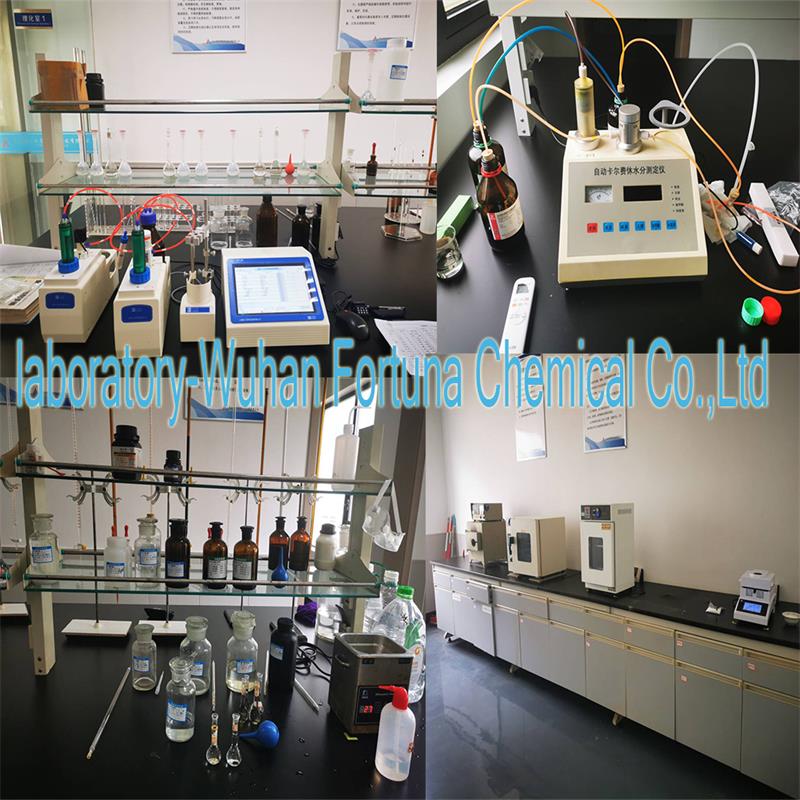
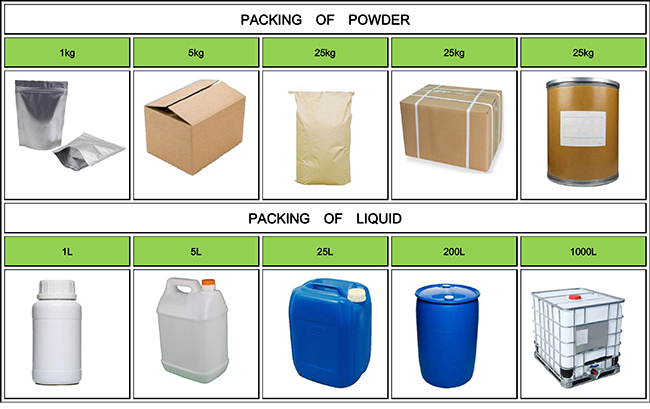
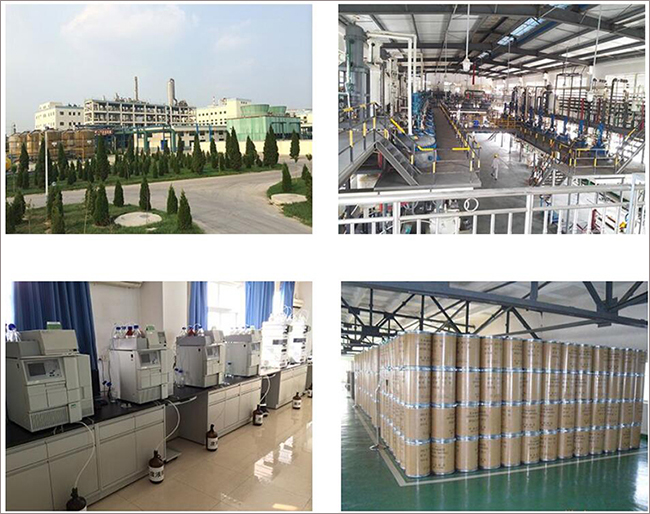

Fortunachem Provides Not Only Professional Chemical Products But Also Professional Help
Keeping you up-to-date with all the latest information, news, and events about Fortunachem!

Quick Links
Add:
E-mail:
 English
English  Español
Español  français
français  العربية
العربية 